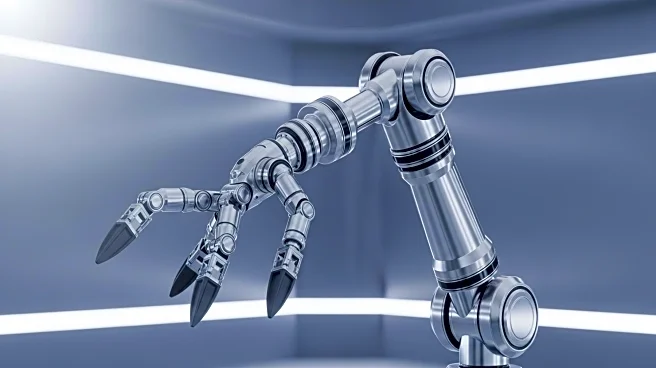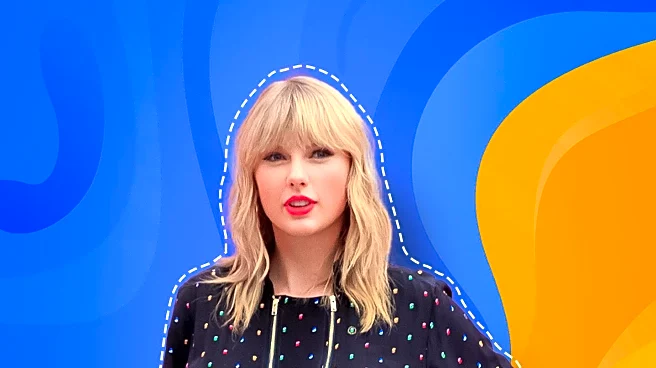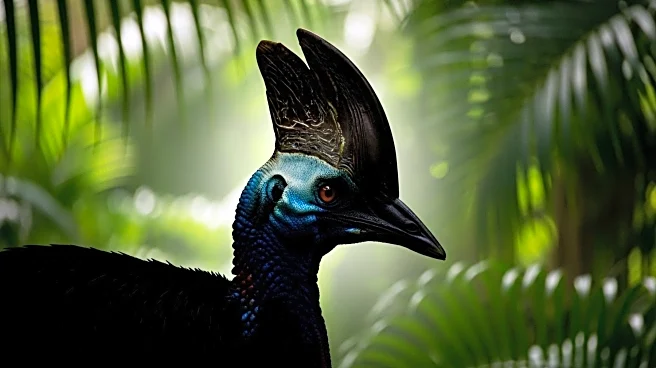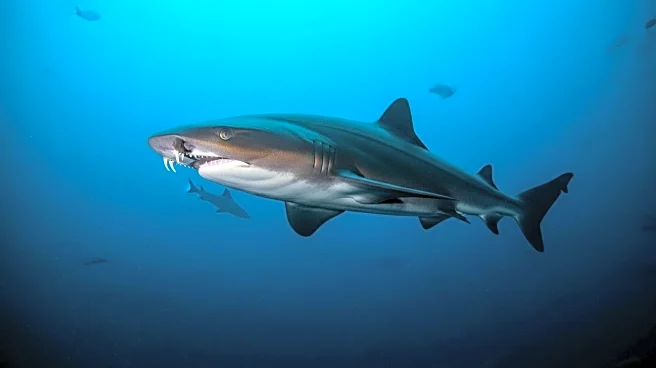What's Happening?
A discussion in New Scientist explores the presence of short-sightedness in animals and its implications for ancient humans. The article highlights the challenges in determining myopia in animals like wolves and cheetahs, noting that solitary hunters would struggle to survive if they were myopic. In contrast, social animals might rely on others for survival. The piece also examines how myopia may have benefited ancient humans by allowing them to specialize in tasks requiring close vision, such as tool-making and grooming.
Why It's Important?
Understanding myopia in animals and its historical impact on humans provides insights into evolutionary biology and the adaptation of species. It suggests that myopia may have played a role in the development of human societies by enabling specialization in certain tasks. This knowledge can inform current studies on vision and its effects on behavior and survival in both humans and animals.
Beyond the Headlines
The exploration of myopia in animals raises questions about the evolution of vision and its role in survival strategies. It highlights the complexity of adaptation and the interplay between physical traits and environmental demands. This discussion may lead to further research into the genetic and environmental factors influencing vision in various species.










